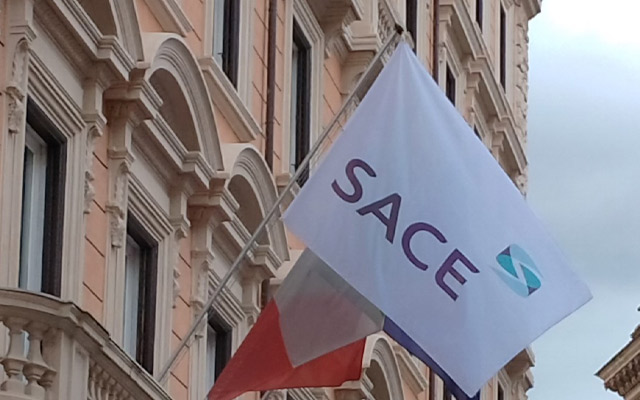Thanks to emblematic products of the Mediterranean diet, such as wine, pasta, fresh fruit and vegetables, food exports will increase by 18% in 2023, setting a new record after the historic high of 60.7 billion euros last year. The podium goes to Italian dishes, which are the best-selling abroad. This is what emerges from Coldiretti’s analysis of Istat data, published in January on the occasion of the opening of Sivas in the Coldiretti area of Pavilion 5 – Stand I004, according to the “Provisions” bill exposed to food risks is underway.
The bill on the ban on the production and sale of synthetic food and feed was presented to the Council of Ministers by the Prime Minister Giorgia Meloni and the Minister of Agricultural Policies and Food Sovereignty Francesco Lollobrigida. On a general level, Germany remains the most important food sales market, valued at 9.4 billion in 2022, ahead of the 6.7 billion of the USA, and well ahead of France, in third place, with 6.6 billion.< /p>
The result of the United Kingdom is also positive, underlines Coldiretti, with 4.2 billion dollars, demonstrating the fact that, after the initial difficulties linked to Brexit, Italian exports have proven to be doing better than with Brexit . International tensions, the war in Ukraine and a mutual embargo that prevents the trade of many products have weighed on sales in Russia.
According to Coldiretti’s analysis, wine will be world champion among Italian exports, with exports reaching 7.9 billion euros in 2022, thanks to an increase in foreign sales of 10%.
In second place are pasta and other cereals with 7.8 billion euros, in third place is Coldiretti, followed by fresh fruit and vegetables with 5.7 billion euros, followed by processed fruit and vegetables with 4, 8 billion euros and cheeses, followed by extra virgin with 4.4 billion euros. 1.8 billion for olive oil and 900 million for sausages.
Attacks on iconic Italian dishes are worrying, such as an article in the Financial Times that attempts to trivialize the traditional national dish.
From carbonara to panettone, from tiramisu to Parmigiano-Reggiano, traditions are questioned according to following criteria: Imaginative reconfigurations recreate a more deeply rooted regional cuisine.
Articles inspired by old publications by Italian authors could make you smile, continues Coldiretti, if they did not hide concerns about the economy and work. According to Coldiretti, in fact, the lack of clarity of “Made in Italy” recipes constitutes fertile ground for the spread of counterfeit Italian food abroad, and international food counterfeiting is increasingly widespread and, if it were to cease, exports could triple, with not only economic consequences but also social damage caused from an image point of view.








